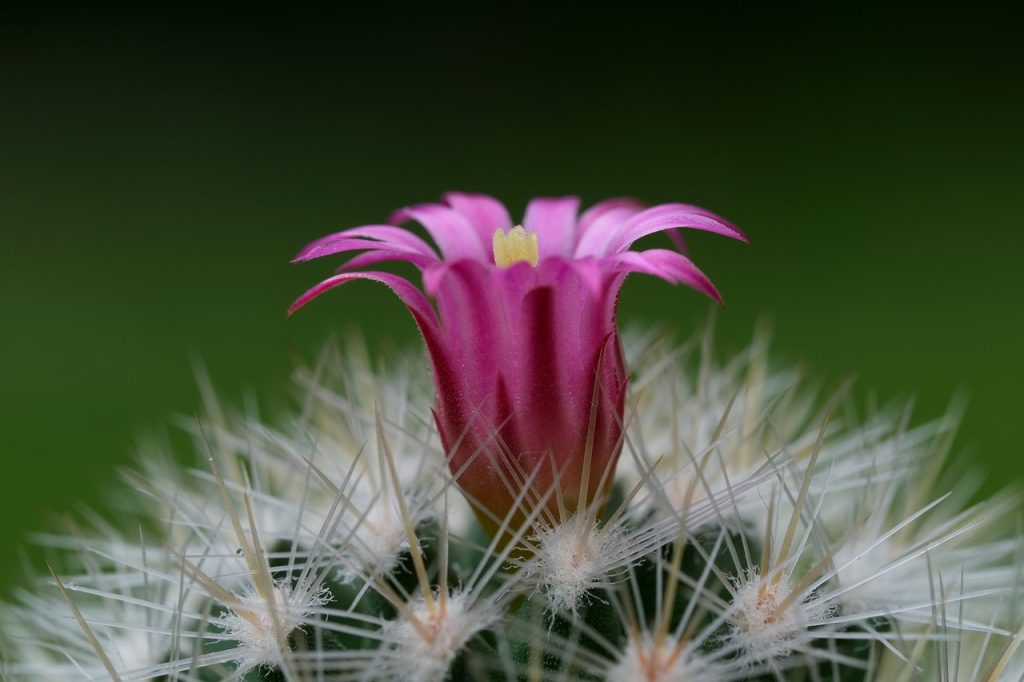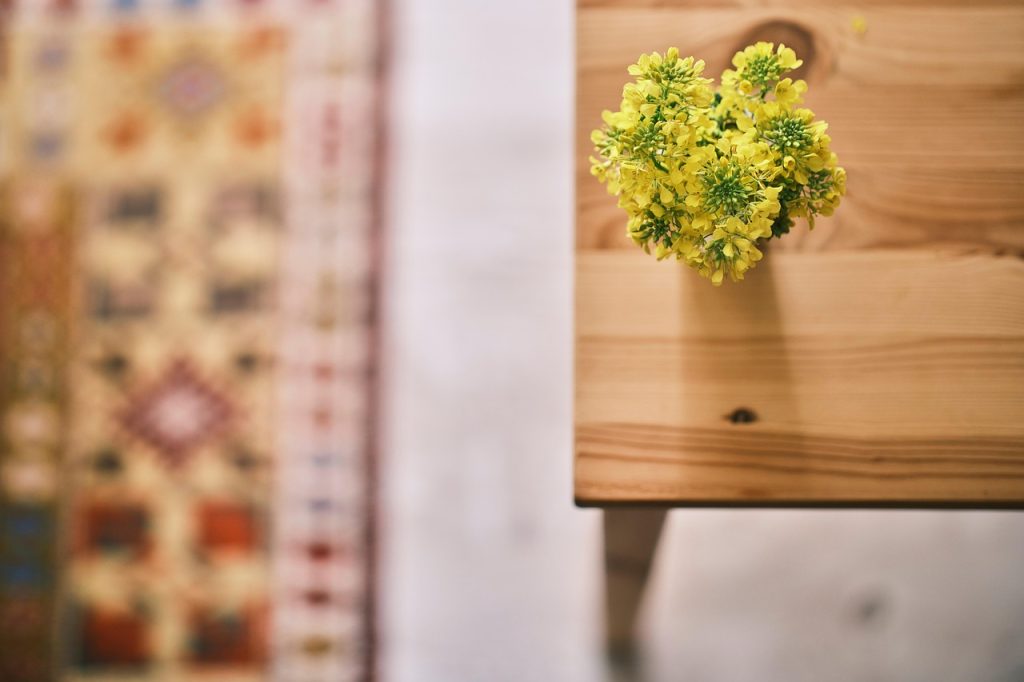Houseplants bring life, beauty, and freshness to any space, but each plant has unique needs. From water and light to humidity and soil, understanding these requirements ensures your plants thrive. That’s where a houseplant care chart becomes essential, a quick reference guide to help you care for your favorite indoor greenery without second-guessing.
In this article, you’ll find a comprehensive houseplant care chart, along with detailed tips on watering, lighting, soil mixes, and troubleshooting common plant problems.

Why You Need a Houseplant Care Chart
A houseplant care chart is like a roadmap for plant parents. Instead of searching online every time you forget whether a plant needs bright light or low humidity, the chart gives you instant answers. Benefits include:
- Saves time by having plant needs in one place
- Reduces the risk of overwatering or underwatering
- Helps beginners and experts alike manage multiple plants
- Encourages healthier, longer-living plants
The Complete Houseplant Care Chart
Below is a well-researched houseplant care chart covering some of the most popular indoor plants.
| Plant Name | Light Needs | Watering Schedule | Ideal Temperature | Humidity Level | Soil Type | Notes |
|---|---|---|---|---|---|---|
| Snake Plant | Low to bright, indirect | Every 2–3 weeks | 60–85°F (16–29°C) | Low–moderate | Well-draining cactus mix | Very drought tolerant; avoid overwatering. |
| Spider Plant | Bright, indirect | Weekly | 55–80°F (13–27°C) | Moderate | General potting mix | Produces “pups” for easy propagation. |
| Peace Lily | Medium to low light | Weekly, keep soil moist | 65–85°F (18–29°C) | High | Rich, well-draining mix | Droops when thirsty; loves humidity. |
| ZZ Plant | Low to medium light | Every 2–3 weeks | 60–75°F (16–24°C) | Low–moderate | Well-draining soil | Very low maintenance, thrives on neglect. |
| Pothos | Low to bright, indirect | Weekly | 60–85°F (16–29°C) | Moderate | General indoor mix | Fast-growing, ideal for hanging baskets. |
| Monstera | Bright, indirect | Weekly | 65–85°F (18–29°C) | Moderate–high | Chunky, aroid soil mix | Leaves develop splits with maturity. |
| Fiddle Leaf Fig | Bright, indirect | Weekly, consistent water | 60–75°F (16–24°C) | Moderate–high | Well-aerated potting soil | Sensitive to sudden light and water changes. |
| Aloe Vera | Bright, direct light | Every 3 weeks | 55–80°F (13–27°C) | Low | Sandy cactus mix | Succulent; store water in leaves. |
| Rubber Plant | Bright, indirect | Every 1–2 weeks | 60–85°F (16–29°C) | Moderate | Well-draining soil | Wipe leaves regularly to remove dust. |
| Calathea | Low to medium light | Keep evenly moist | 65–80°F (18–27°C) | High | Rich, airy potting mix | Known as “prayer plants”; very humidity sensitive. |
Understanding the Key Elements of Houseplant Care
While the houseplant care chart provides quick answers, let’s break down the main factors that determine indoor plant health.

1. Light Requirements
- Low light: Suitable for north-facing rooms or corners far from windows (e.g., snake plant, ZZ plant).
- Medium light: Ideal near east-facing windows (e.g., spider plant, peace lily).
- Bright, indirect light: Best near south or west windows with sheer curtains (e.g., monstera, fiddle leaf fig).
- Direct sunlight: Only for sun-loving plants like succulents and aloe.
Tip: Rotate plants every few weeks to ensure even growth.
2. Watering Guidelines
- Succulents and cacti: Water every 2–3 weeks.
- Tropical plants: Weekly watering, but always check soil moisture first.
- Signs of overwatering: Yellow leaves, soggy soil, root rot.
- Signs of underwatering: Dry, crispy leaves, drooping stems.
Golden Rule: Always let the top inch of soil dry before watering most houseplants.
3. Temperature and Humidity
Most houseplants prefer 65–80°F (18–27°C). Avoid drafts, air conditioners, or heaters directly blowing on them.
- Low humidity plants: Snake plant, ZZ plant, aloe.
- High humidity lovers: Calatheas, ferns, peace lilies.
- Tip: Use a pebble tray, humidifier, or group plants together to raise humidity.
4. Soil Mixes
The right soil ensures proper aeration and drainage:
- Succulents/Cacti: Sandy, fast-draining mix.
- Aroids (Monstera, Philodendron): Chunky soil with bark and perlite.
- General houseplants: Standard potting soil with perlite.
5. Fertilization
Most plants benefit from monthly feeding during the growing season (spring–summer). Use:
- Balanced fertilizer (10-10-10) for foliage plants.
- Cactus fertilizer for succulents.
- Diluted liquid fertilizer for sensitive species like calatheas.

Seasonal Houseplant Care Chart
Plants grow differently depending on the season. Here’s a seasonal houseplant care chart for quick reference:
| Season | Light Adjustments | Watering Changes | Extra Care Tips |
|---|---|---|---|
| Spring | Increase exposure gradually | Water more frequently | Repot if roots outgrow the pot; start fertilizing. |
| Summer | Bright light but avoid harsh midday | Check soil more often | Mist humidity-loving plants; monitor pests. |
| Autumn | Reduce light gradually | Water less frequently | Stop fertilizing; prepare for dormancy. |
| Winter | Maximize light exposure | Minimal watering | Keep away from heaters/drafts; use grow lights if needed. |
Troubleshooting with a Houseplant Care Chart
Even with the best care, houseplants sometimes struggle. Here’s a quick problem-solver chart:
| Problem | Likely Cause | Solution |
|---|---|---|
| Yellow leaves | Overwatering | Let soil dry, adjust schedule. |
| Brown tips | Low humidity or salt buildup | Increase humidity, flush soil occasionally. |
| Drooping plant | Underwatering or low light | Water thoroughly, move to brighter spot. |
| Stunted growth | Lack of nutrients or light | Fertilize, provide brighter conditions. |
| Moldy soil | Poor drainage, excess water | Repot in fresh, well-draining mix. |
Tips for Using the Houseplant Care Chart Effectively
- Place the chart on your fridge, wall, or near your plant shelf.
- Customize it with your own watering notes for your home’s climate.
- Track growth patterns and make seasonal adjustments.
- Use it as a quick reference when buying new houseplants.
Conclusion
A houseplant care chart is more than just a table, it’s a tool that helps plant lovers stay organized, avoid mistakes, and create a thriving indoor garden. Whether you’re growing low-maintenance succulents or humidity-loving calatheas, keeping this chart handy ensures your plants get the right care year-round.
Healthy houseplants reward you with cleaner air, beautiful foliage, and a calming atmosphere in your home. Start using this houseplant care chart today, and watch your indoor jungle flourish.